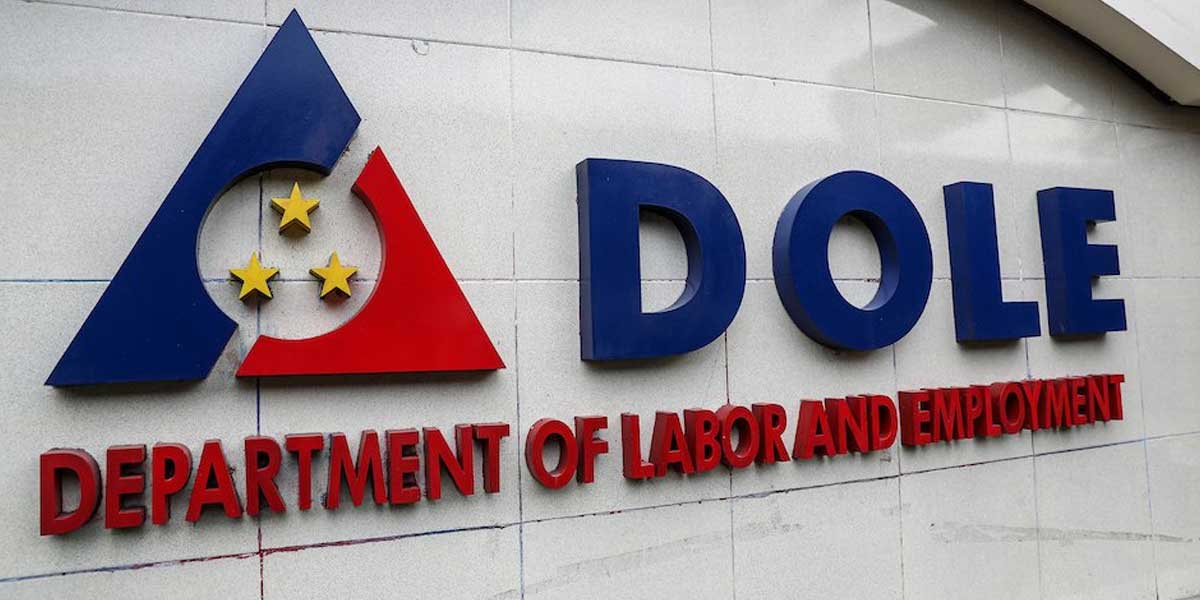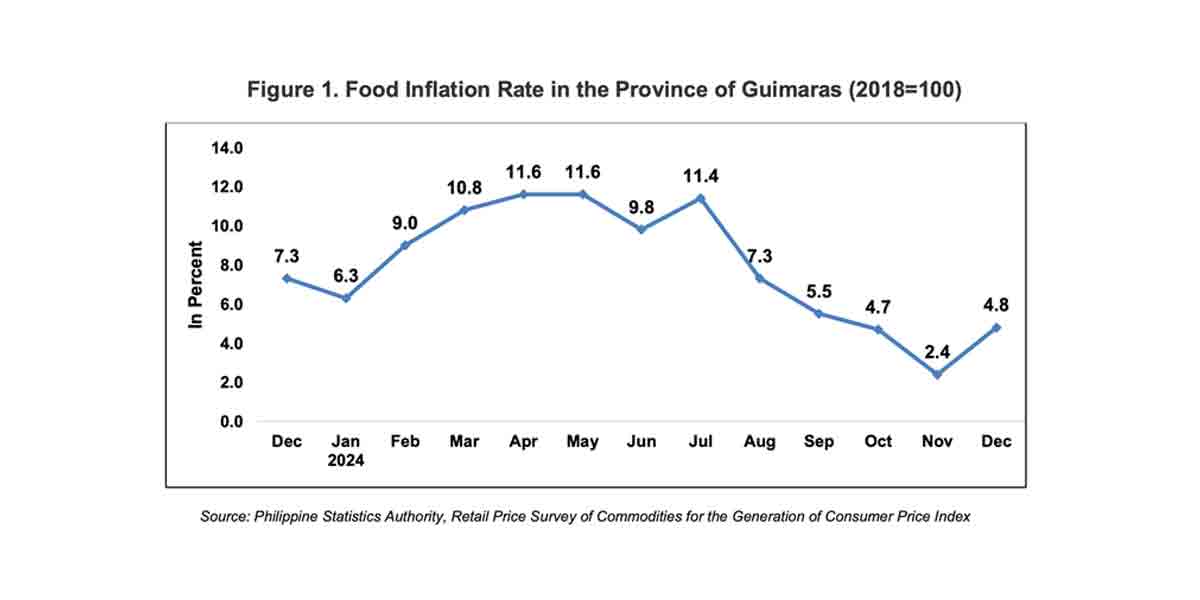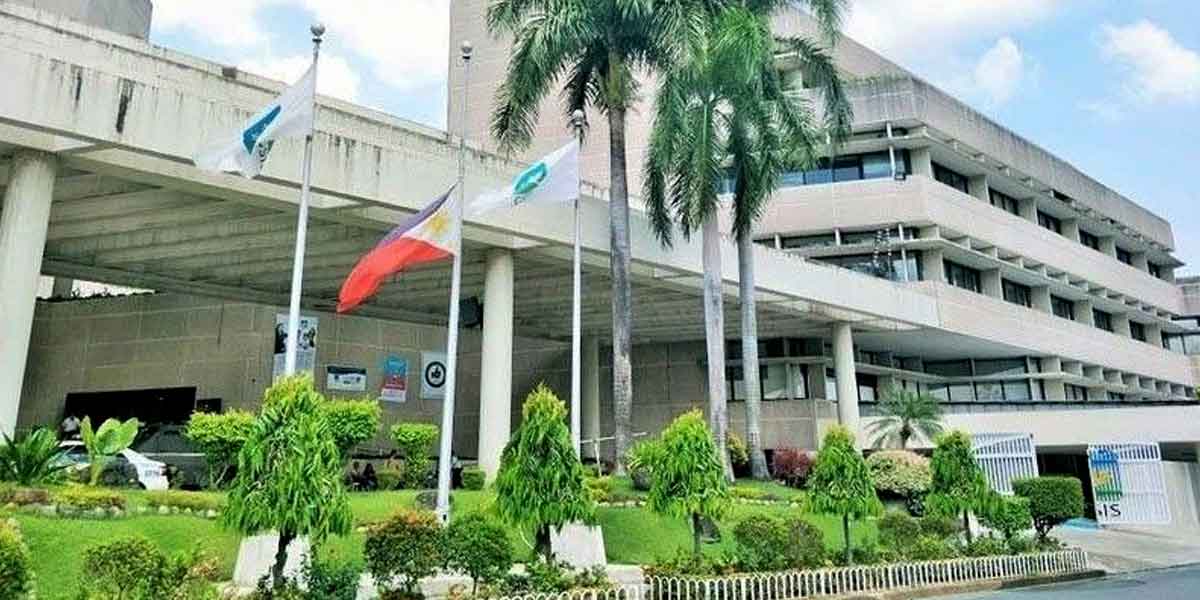Boracay’s once unparalleled allure is waning as hotel investors and tourists increasingly favor other emerging destinations like Bohol, particularly Panglao Island.
The latest report from Leechiu Property Consultants (LPC) reveals a progressive shift in investor interest towards Bohol, El Nido, and Siargao, with Bohol leading the pack.
The findings from LPC’s Philippine Hotel Investment Outlook Survey are telling. A significant 41% of respondents are eyeing hotel development in Bohol, drawn by its designation as the country’s first UNESCO Global Geopark and the convenience of Panglao airport’s international connectivity.
Bohol’s rise is a testament to its comprehensive tourism appeal. Beyond its famous Chocolate Hills, the island offers wildlife encounters, river adventures, pristine beaches, and world-class diving spots. The logistical convenience provided by over 70 international flights weekly to Panglao airport has made Bohol an investment hotspot, attracting both tourists and investors alike.
The survey shows that only 29% of respondents now prefer Boracay for investment, ranking it sixth. The implications for Boracay are significant. Once the crown jewel of Philippine tourism, it is now slipping.
As big foreign spenders gravitate towards less congested and more accessible destinations, hotel investors are likely to follow.
The shift is attributed to several factors, including Boracay’s increased focus on the domestic market and the reduction in direct international flights to Aklan’s airports. This trend underscores a critical issue: Boracay’s brand as a premier international destination is losing ground.
Boracay, traditionally seen as a big party place, must now undergo a brand transformation to remain relevant. It needs to reposition itself as an all-around, family-based destination that emphasizes sustainability.
The Department of Tourism in Western Visayas (DOT-6) has already started enhancing product offerings to entice foreign nationals and regain pre-pandemic tourist numbers. However, more needs to be done. Streamlining payments for island access, improving infrastructure, and ensuring better airport facilities are crucial steps that need to be taken.
Boracay stakeholders must take these findings as a wake-up call. The island’s reputation as a big party place is no longer enough to attract high-spending foreign tourists.
Instead, Boracay should pivot towards becoming an all-around, family-friendly destination that prioritizes sustainability. This rebranding effort is essential not only to revive its appeal to international tourists but also to ensure the long-term viability of its tourism industry.
Hotel investors are now following tourists to more convenient and less congested destinations. With Bohol offering direct flights and a diverse range of attractions, it is no surprise that it is becoming the preferred choice.
Boracay must address its accessibility issues and enhance its offerings to remain competitive.
The rise of other destinations should be seen as an opportunity for Boracay to innovate and reinvent itself.
The current trends highlight a crucial point: Boracay can no longer rely solely on its past glory.
By embracing a new identity focused on family-friendly, sustainable tourism, Boracay can reclaim its status as a top destination. It is time for the island to evolve and meet the changing demands of global tourists.



















